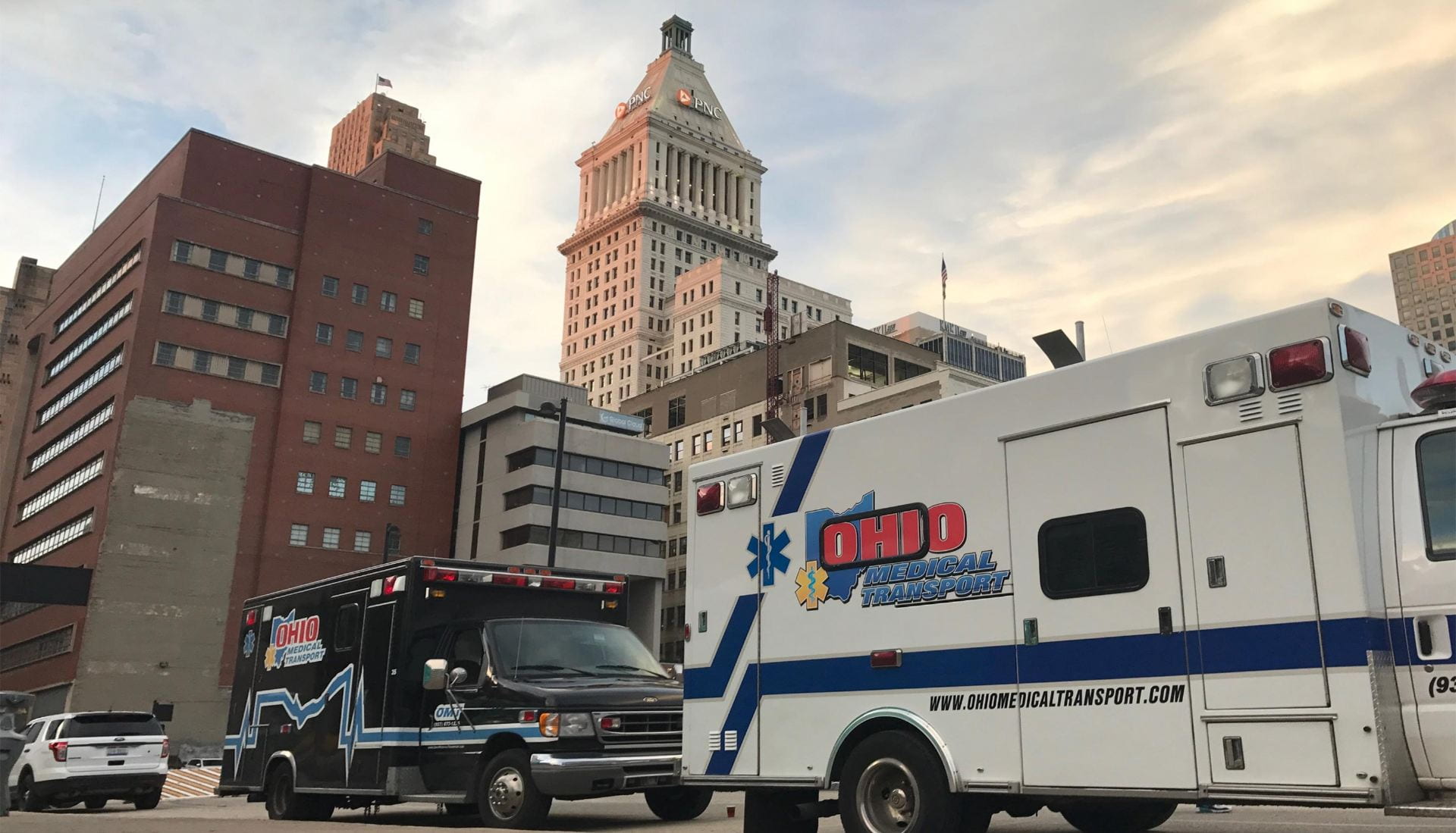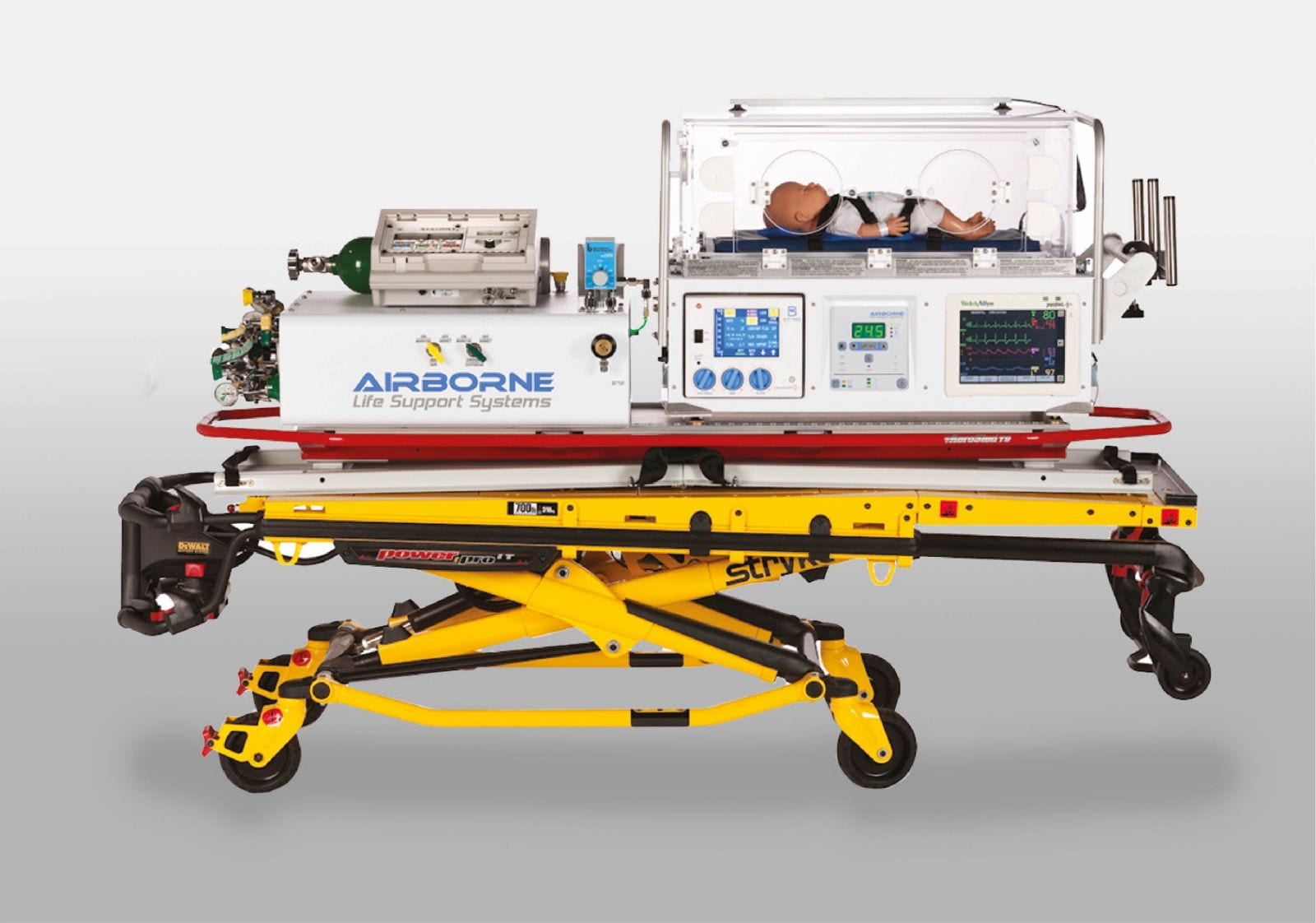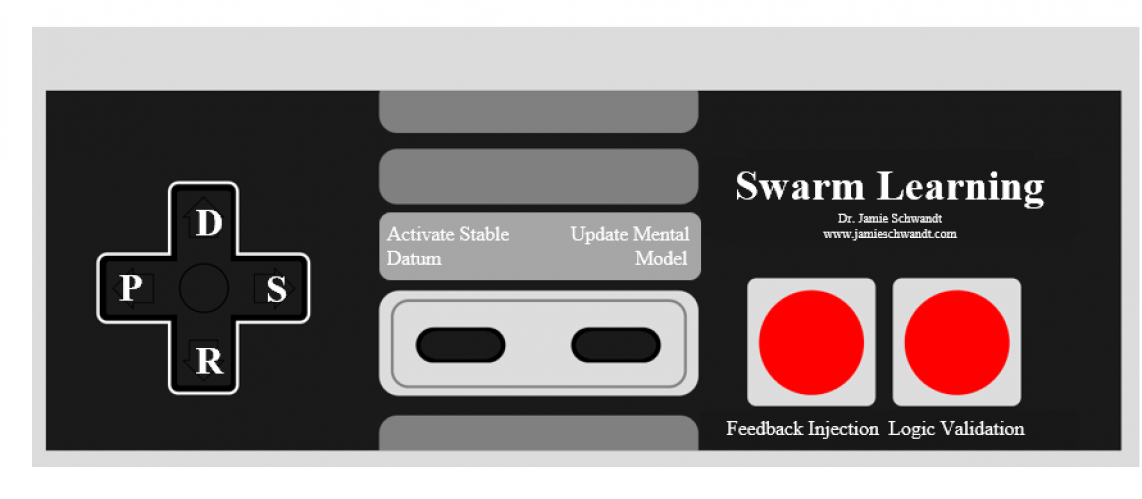Ohio Medical Transport Board (OMTB)

Establishment of an additional Neonatal Medical Transport Base (satellite facility) that will operate under the parent medical facility’s existing licensed medical transport system requires the new facility to meet the requirements outlined by the Ohio Medical Transportation Board (OMTB). An Ohio State board of Pharmacy License must be posted in a conspicuous location in the satellite facility. An Ohio licensed physician (MD or DO) or pharmacist is defined as the “responsible person” for compliance with all state and federal laws, regulations, and rules regulating the distribution of drugs for the medical transport team as defined in rule 4729:5-14-03 of the Ohio Administrative Code. The Pharmacy License requires all medical staff participating in the transportation of patients be on record, as well as their profession license or certification for their specific discipline. Medical staff must be oriented to their role on the transport team and competency assessed on a continuous basis. The Neonatal transport team consists of a Paramedic, a Registered Nurse with specializing in neonatology, and a Registered Respiratory Therapist. All continuing education requirements specific to the individual’s licensure must be maintained.
Ohio State Board of Pharmacy
Operating protocols are required to be established and must be on file with the Ohio State Board of Pharmacy. Protocols should be specific to the population the medical transport team will be treating. In our case, 14 protocols specific to the neonatal population were developed. The satellite facility must have a written plan for handling and disposal of bio-medical infectious material and a written plan for restocking supplies and equipment.
In addition, there must be adequate Durable Medical Equipment. Medical equipment for the neonatal population consists of a heated transport incubator to ensure premature babies and newly born infants’ temperatures are maintained.

Hypothermia causes apnea in this population. A transport incubator needs to be equipped with a ventilator able to support the infants exhibiting respiratory failure and medical oxygen and air supply. Incubators are typically limited to a maximum weight of 5 kilograms due to the limited size of the internal patient compartment. Intravenous medication pumps should be programmed with medication guard rails to protect the patient from receiving inappropriate doses and volumes of medications. A copy of a written policy for use of warning devices must be posted. An application for a satellite inspection must be submitted once the requirements are met and compliance can be demonstrated.
Mobile Intensive Care Unit
A satellite facility does not have an ambulance stationed at the facility but utilizes the parent facility’s mobile Intensive Care Unit (moICU) service as well as the paramedic driver. In circumstances when the parent moICU is not available, a private company can be utilized if they supply a moICU. This type on ambulance is necessary to meet the OMTB regulations for a specialty transport team. A moICU has a generator for back up power as well as medical air on board. The van style ambulance is not equipped with a generator and typically is only equipped with medical oxygen. If the satellite facility stations a moICU 24/7 or utilizes a private ambulance company to facilitate their transports for the majority of their transport requests, they are required to have their own base Pharmacy License per the Ohio State Board of Pharmacy and the Ohio revised code. They are not permitted to function as a satellite facility. Outlining the regulations for establishing a base is much more involved and is outside the purpose of this blog.
